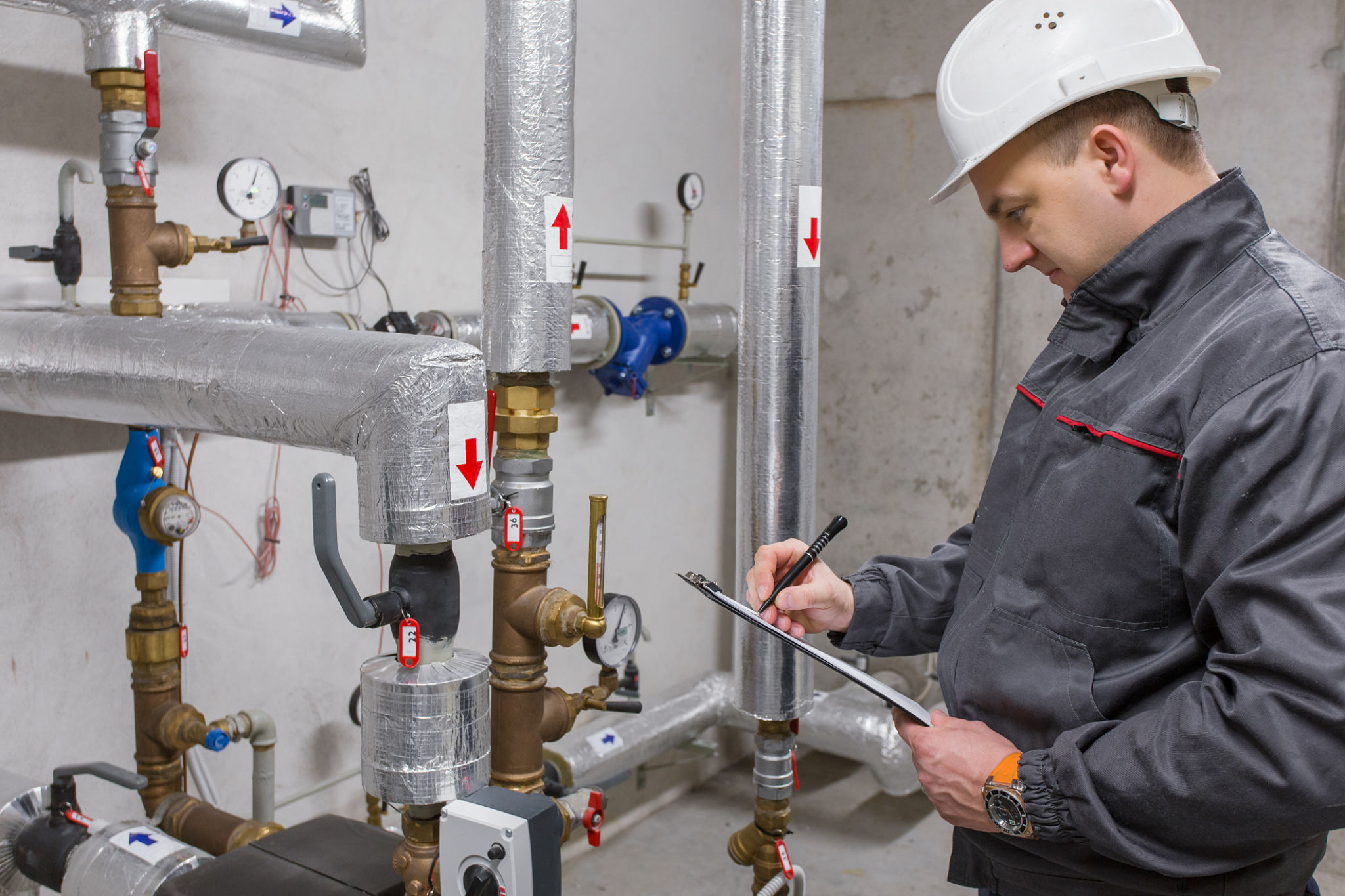Winterizing Rental Properties: Essential Tips for Property Owners
Understanding the Importance of Winterizing Rental Properties
As the cold season approaches, ensuring that your rental properties are adequately prepared for winter is crucial to maintaining their value and keeping tenants comfortable. Winterizing not only protects your investment but also helps in reducing maintenance costs and preventing potential damage caused by harsh weather conditions. Taking proactive measures can save you from costly repairs and enhance tenant satisfaction.

Inspect and Repair Roofs and Gutters
Before winter sets in, conducting a thorough inspection of the roof and gutters is essential. Look for damaged or missing shingles that could lead to leaks. Ensure that gutters are clean and free of debris to prevent ice dams, which can cause water to back up and damage the roof. Address any repairs immediately to avoid more significant issues during the winter months.
Ensure Proper Insulation
Proper insulation is a key factor in keeping rental properties warm during winter. Check the insulation in attics, walls, and basements to ensure it is adequate. Adding insulation where necessary can significantly reduce heat loss, making the property more energy-efficient and reducing heating costs for tenants. Additionally, seal any drafts around windows and doors with weatherstripping or caulking.

Maintain Heating Systems
A well-maintained heating system is crucial for tenant comfort during winter. Schedule an annual inspection and servicing of the heating system before the temperatures drop. Replace filters and check for any issues that could affect functionality. If the property uses a fireplace or wood stove, ensure they are cleaned and inspected for safety. Providing tenants with clear instructions on operating these systems can prevent misuse and potential hazards.
Winterize Plumbing Systems
Frozen pipes can cause significant damage and inconvenience. To prevent this, insulate exposed pipes in unheated areas such as basements, attics, and garages. Advise tenants to keep the heat on at a reasonable temperature even when they are away to prevent pipes from freezing. Additionally, remind them to let faucets drip during extreme cold spells to keep water flowing through the pipes.

Prepare Outdoor Areas
Outdoor areas can also require attention before winter arrives. Trim overhanging tree branches that might snap under heavy snow or ice, posing a risk to the property or its occupants. Store outdoor furniture and equipment in a sheltered area to protect them from harsh weather conditions. Make sure walkways and driveways are clear of debris and consider applying a de-icing agent to prevent slips and falls.
Communicate with Tenants
Effective communication with tenants is vital in ensuring a smooth winter season. Provide them with a checklist of tasks they can perform to assist in winterizing their rental unit. This list might include reporting any drafts or leaks, ensuring that windows are closed tightly, and knowing how to operate the heating system efficiently. Encourage tenants to notify you immediately of any issues that arise during winter.
Review Insurance Coverage
Lastly, review your insurance policy to ensure it covers winter-related damages. Understanding what is covered can help you prepare financially for any unexpected incidents during the colder months. Consider discussing with your insurance provider whether additional coverage is necessary for events such as snow damage or burst pipes.
Taking these steps to winterize your rental properties can significantly reduce the risk of damage and improve tenant satisfaction during the colder months. By proactively addressing potential issues, you maintain the integrity of your investment while providing a safe and comfortable environment for your tenants.
